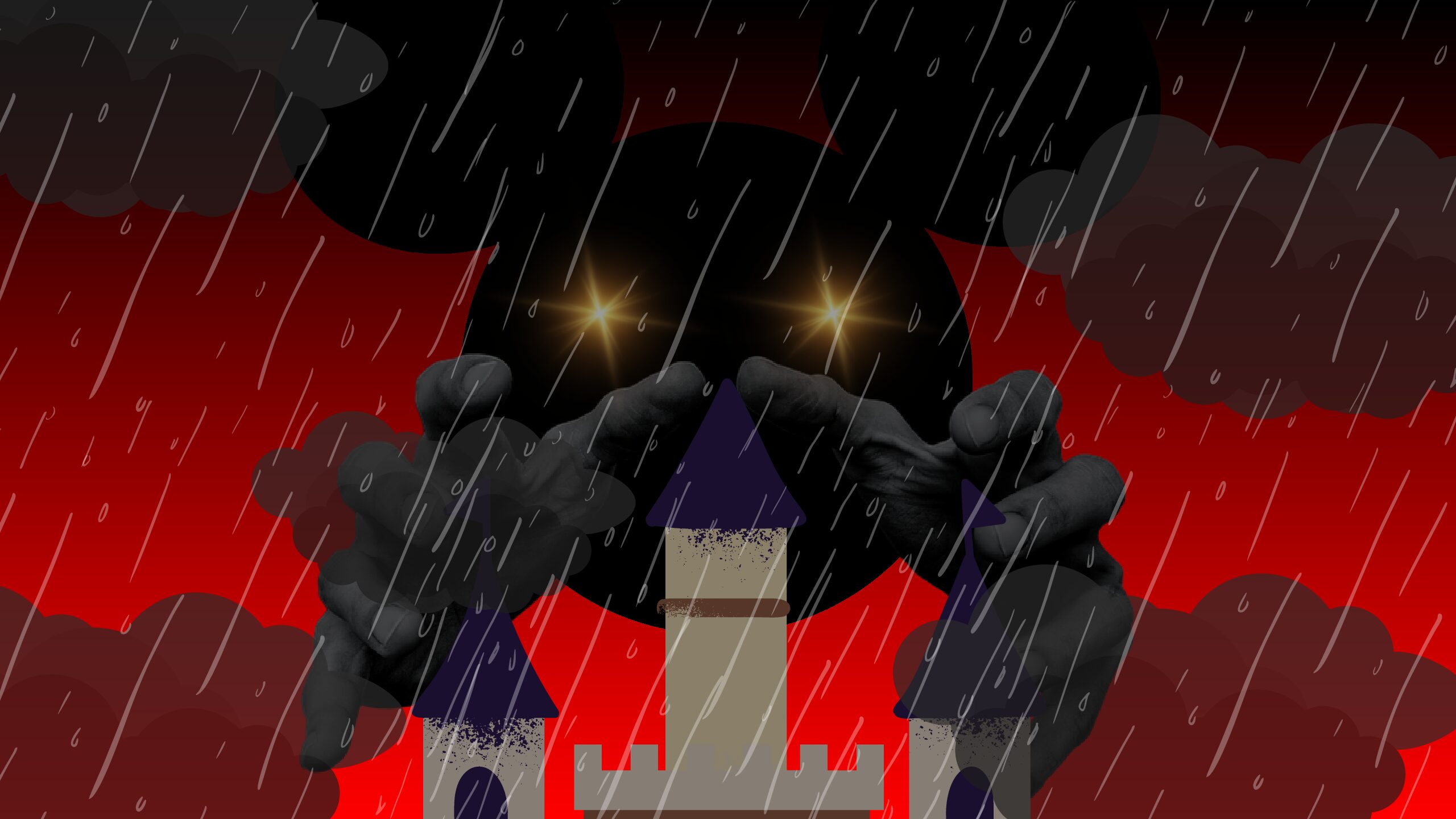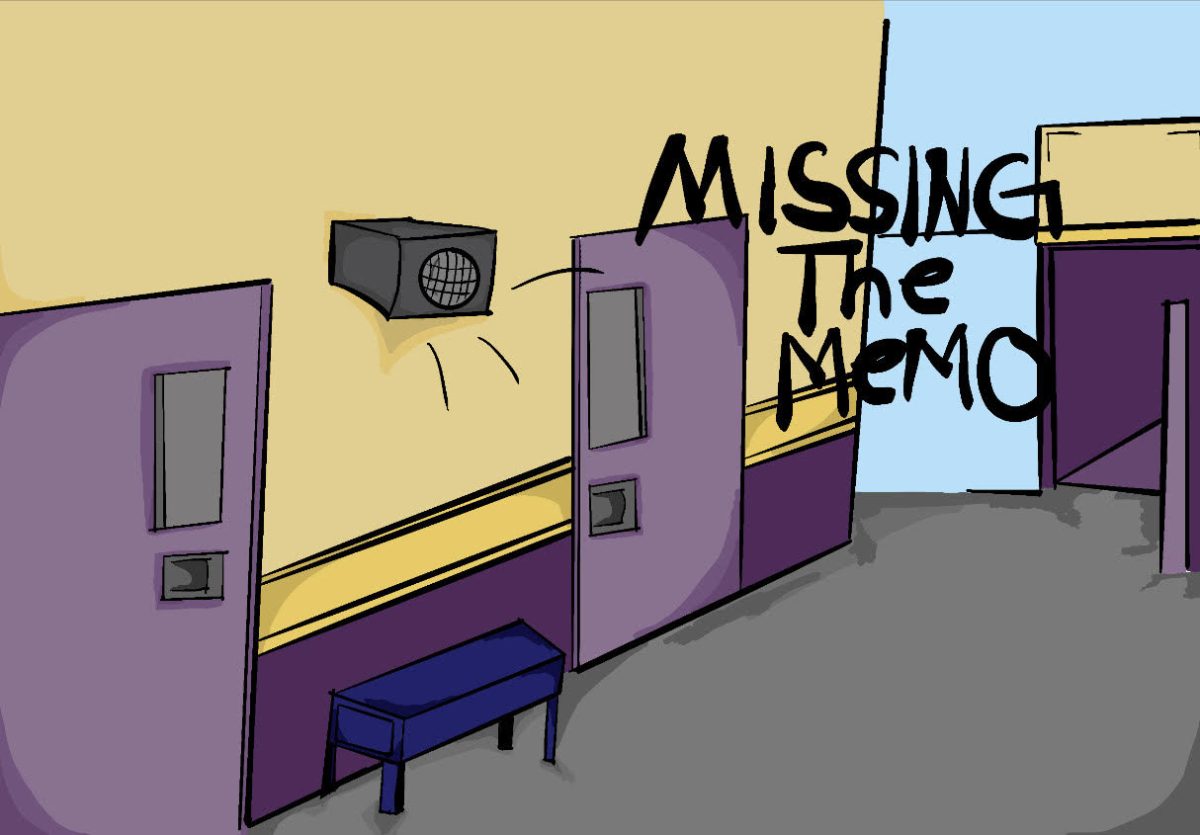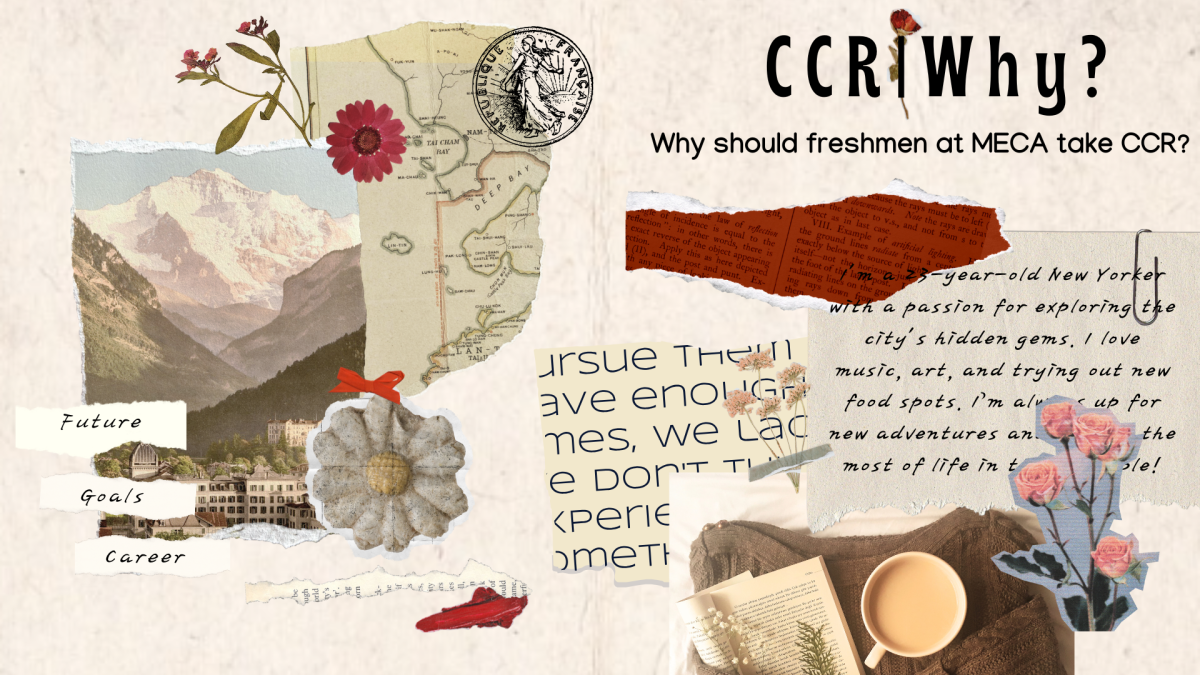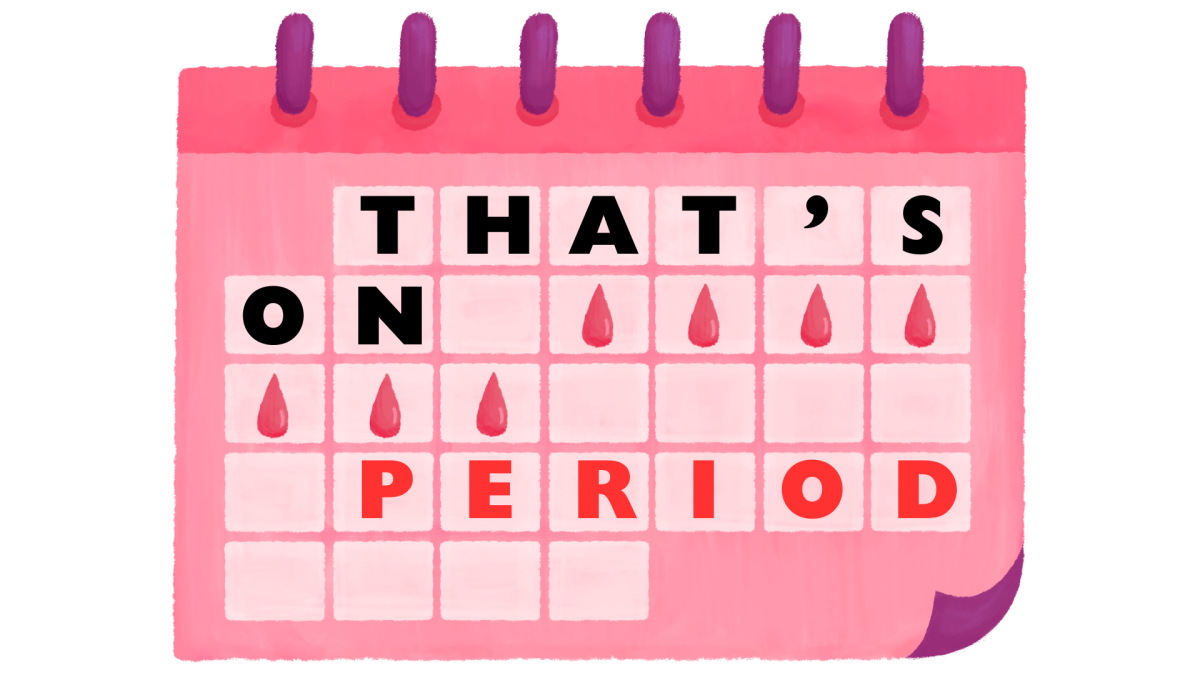Disclaimer: This article is an opinion piece. Any views or opinions represented in this piece are personal and belong solely to the article author and are not endorsed or representative of The Academy Chronicle, Mt. SAC ECA, or the West Covina Unified School District.
Warning: The following article mentions racism, racist caricatures, and depictions of minority groups. Readers’ discretion is advised.
In a land not so far away, aka Anaheim, California, there lives a magical place named Disneyland. The so-called happiest place on earth is filled with riverboat adventures, a mansion with 999 happy haunts, screaming children who impatiently wait for balloons, stressed dads who refuse to get a map, and “woke” princesses? Hold on, let’s rewind a bit.
On July 18, 2023, insider @MyTimeToShineH on X reported that the 1937 Disney animated film Snow White and the Seven Dwarfs was getting a reboot. This reboot would not only have the titular Dwarfs (while also not being played by actors with dwarfism) as bandits, but the male love interest, Johnathan, would not be a prince, instead becoming a bandit as well. Since then, some Disney fans have responded negatively to the change in plot, claiming the original seven dwarfs are iconic figures in Disney’s catalog. Some are also calling out the big mouse for attempting to modernize their previously made films.
In recent years, the House of Mouse has found itself at the center of a heated cultural debate that has set its loyal fanbase on edge and ignited discussions far beyond the confines of animated films and theme park attractions. The controversy, often labeled as Disney’s embrace of “wokeness,” has left avid supporters and vocal critics at odds over the company’s evolving narrative and values.
With its iconic castles, beloved characters, and heartwarming stories, the Disney brand has traditionally represented a world where dreams come true, good triumphs over evil, and love knows no boundaries. However, as societal attitudes shift and the call for greater diversity, inclusion, and representation has grown louder, Disney has strived to adapt its storytelling and corporate image to reflect these changing times.
This transformation has sparked many opinions, ranging from enthusiastic applause for Disney’s commitment to social progress to vigorous criticism for what some perceive as abandoning its cherished storytelling traditions. As we delve into the complexities of Disney’s journey into “wokeness,” it becomes clear that the company’s evolution is not merely a matter of politics or entertainment—it reflects the broader cultural shifts and challenges facing contemporary society.
So, fasten your seatbelts because we’re about to embark on a journey through the beloved stories of Disney, and see if we can answer the age-old question of whether “happily ever after” can accommodate the demands of a rapidly changing world.
Disney’s Racist Past
If you’ve recently watched some problematic Disney classics, you might have noticed the content warning message stating, “This program includes negative depictions and/or mistreatment of people or cultures. These stereotypes were wrong then and are wrong now. Rather than remove this content, we want to acknowledge its harmful impact, learn from it, and spark conversation to create a more inclusive future together” before the film starts. According to Disney’s Stories Matter team, this is a part of their ongoing commitment to be inclusive with their audiences.
“I like the warning labels to say, ‘Hey, there are some problematic depictions of people in these movies, recognize that,'” says English 1 and 2 Journalism and Yearbook teacher Ms. Bell. “I think it’s important for parents to have those conversations with their kids so that we can encourage them to recognize when there are problematic things.”
A classic example of this content warning issue being utilized was in the 1970 animated film The Aristocats, which has been praised as a feminist anthem for young girls, showcasing that they can speak up for themselves while being feminine. However, the film does contain offensive stereotypes.
Alley Cat Shun Gon, first seen in the song Everyone Wants to Be a Cat, is infamously known as a racist caricature of Chinese people. As seen in the film, he is a Siamese cat (which is not the only time Disney has used Siamese cats as a stereotype for people of Asian Descent, as seen in the 1955 film Lady and the Tramp) and is shown to play the piano and percussion using chopsticks and his paws.
In response, Disney’s Stories Matter team stated, “The cat is depicted as a racist caricature of East Asian peoples with exaggerated stereotypical traits such as slanted eyes and buck teeth. He sings in poorly accented English voiced by a white actor and plays the piano with chopsticks. This portrayal reinforces the ‘perpetual foreigner’ stereotype, while the film also features lyrics that mock the Chinese language and culture, such as ‘Shanghai, Hong Kong, Egg Foo Young. Fortune cookie always wrong.'”
“That was Disney’s effort and inclusion of the time, for the 50s,” says Media Center clerk Mr. Sanchez. “That was acceptable. It’s not now. That’s an offensive stereotype, but they weren’t putting it in there to be an offensive stereotype. They were trying to have a worldly cast of cats, for lack of a better term. That was their poor efforts of inclusion.”
According to Disney, the beloved Swiss Family Robinson treehouse attraction will return to Disneyland after multiple re-theming of the attraction.
The attraction opened in March of 1999 and was refurbished and remodeled in June based on Disney’s 1999 film Tarzan. Tarzan’s Treehouse closed in September 2021, and in April 2022, it was confirmed that the attraction would reopen again with a different theme. In November 2022, the attraction would be re-themed as the Adventureland Treehouse, inspired by Swiss Family Robinson.
However, the attraction’s return sparked controversy amongst Disney fans due to the film’s problematic depictions of Asian and Middle Eastern people.
In the film, the pirates appear in “yellow face” or “brown face” and are dressed exaggeratedly in top knot hairstyles, queues, robes, and overdone facial make-up and jewelry, strengthening their “barbarism” image.
“[Disney] recognized that was problematic, especially with the anti-AAPI hate crimes happening [the] last couple of years,” notes Ms. Bell. “I think it’s especially important not to perpetuate those stereotypes. [After all], that’s dangerous, literally dangerous because people were getting hurt.”
However, this is not where Disney’s racist depictions of minority groups end.
Disney’s Peter Pan has forever been a Disney classic. Scenes like the “You Can Fly” sequence, where the Darling children, Wendy, John, and Michael, soar across London with Peter Pan on their way to Neverland, showcase Disney at its finest. However, one particular group of characters has made the movie seen as problematic.
Tiger Lily first appeared in J.M. Barrie’s 1904 stage play, Peter Pan, or The Boy Who Wouldn’t Grow Up, and again in Barrie’s 1911 novel, Peter and Wendy. In both works, she’s referred to as a captivating Native American princess, the daughter of Great Big Little Panther, and the chief of the fictional Piccaninny Tribe in Neverland.
However, both in Barrie’s original works and Disney’s 1953 film, Tiger Lily is a simple, exotic damsel in distress. However, the film doubles down on racial caricature with an offensive musical number entitled “What Makes the Red Man Red?” This song is problematic due to its depiction of Native American stereotypes, including racist and derogatory terms towards Indigenous people.
The song poses questions: “What makes the red man red?” “When did he first say, ‘Ugh?'” and “Why does he ask you, ‘How?'” While answering this question, the song portrays the idea that Natives are primitive, cruel, sexist, and ignorant.
The Daily Best says it quite literally best: “In the middle of a largely charming movie comes a horrifying representation of vulnerable people, painting them as sex-crazed, overly violent, primitive, and irresponsible… In just a few short minutes, ‘What Made the Red Man Red?’ takes [Indigenous people’s] rich, diverse history and eviscerates it, dissociating it from anything that represents reality.”
“Woke” Present
I’m not going to lie; I am not the biggest fan of The Little Mermaid. Little 6-year-old me was upset when Ariel traded her beautiful voice for legs just to date some human guy who was a solid 6/10. I mean, who instantly falls in love with some guy that they barely met? (Most Disney Princess during the Silver and Renaissance Ages of Disney) But when I discovered Halle Bailey was playing Ariel in the new reboot, I never ran to Disney+ so quickly with a blanket and some popcorn. And let’s be honest, as Google user nina nguyen says best, “Her ethereal beauty and graceful presence breathe life into the iconic mermaid princess, adding a fresh and modern perspective to the character we all know and love.” But apparently, others weren’t too happy that a black woman would play Ariel.
For weeks, Disney fans protested Bailey being the next Ariel, eventually leading to the hashtag #NotMyAriel trending on Twitter. One often argued that Ariel could not be black because the setting was based in Denmark and/or surrounding areas. But also, supposedly, mermaids don’t have enough melanin to be tan or have a darker skin color.
Apparently, Ariel being black would ruin childhood. However, many online refute this argument. Black Twitter shared numerous viral videos of young black girls watching The Little Mermaid trailer and saying, “Mommy, she looks just like me,” using the hashtag #representationmatters.
“Personally, because mermaids are made up, I feel like it’s fine,” says Ms. Bell. “It’s been nice for [POC] to see themselves as Disney Princesses because, for a long time, they weren’t able to do that. They weren’t given the option of seeing anybody that looked like them as a princess.”
In her article, Mirrors, Windows, and Sliding Glass Doors, Professor Rudine Sims Bishop discusses diversity in children’s media. Bishop states, “When children find themselves reflected in the books they read [or movies they watch] when the images they see are distorted, negative, or laughable, they learn a powerful lesson about how they are devalued in the society of which they are a part.”
This article gives many good examples of how children view the media they grow up on as a reflection of themselves. The books we read as children show this precisely. If a child picks up a children’s book and sees a character similar to them, they picture themself as that character. They mimic what that character does. They would believe they could accomplish anything and be open to more than typical careers. And if a young black girl sees a black mermaid, you bet she will aspire to be one when she grows up.
However, if a piece of a child’s identity is fought over in the media, they will attempt to disconnect themselves from their identity, seeing it as something to be ashamed of. According to the mental health experts at Verywell Mind, “Childhood is an important period of social development, particularly in the formation of social identity, or a person’s sense of who they are based upon group affiliations. For some children, the way they feel about themselves and their social identities may contribute to their vulnerability to depression.”
It is not simply seeing yourself on the big screen or in major films, like Disney, but instead finding your place in the world while understanding other people’s perspectives and experiences.
Is it Happily Ever After?
Let’s be honest; the world will most likely never have a happily ever after story. We will never have our fairytale lover riding into the sunset with billions of dollars in our pockets and not caring about the world, unless you’re Elon Musk.
Even though Disney followed the racist trends of its time, I’m not telling you to buy every Disney doll and dress and burn them all. But realize that with each passing moment, Disney is trying to improve. Our world is constantly adapting and molding itself to be an inclusive and safer place; all we can do is adapt alongside it. Hopefully, we will see another black mermaid or realistic depictions of Indigenous people, or even a princess whose family isn’t dead. Come on, Disney, they don’t all have to die. And neither will our dreams of diversity and inclusion.









Seng Lahpai • Oct 8, 2024 at 12:24 pm
The article is really well written and very intuitive. It was thoroughly well done!!